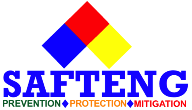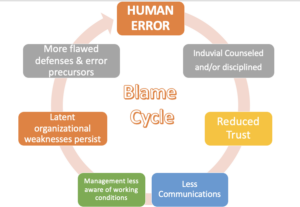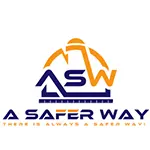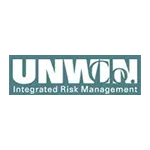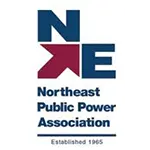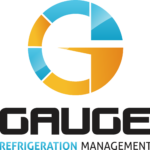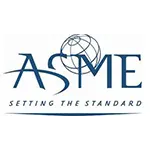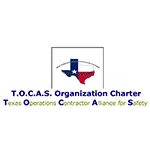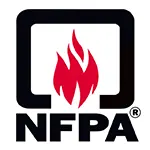Let us help you make sense of PSM / RMP!
My friend Brian Chapin will be offering an open-enrollment PSM/RMP class in Burleson, Texas, July 8th to 11th, 2025. Brian is an absolute pro in NH3 Refrigeration Process Safety. Anyone who attends will also get a FREE membership to SAFTENG. You can get more information on the class with this link.
CLICK HERE to Renew your Membership
CLICK HERE for a NEW Membership
CLICK HERE to see eligibility requirements for FREE Membership
If you have any questions, please contact m
SAFTENG has:
- Over 18,000 categorized unsafe acts/conditions and accident/injury photos
- Over 1,500 ppt's & doc's in the SAFTENG Library
- Over 4,000 Technical Articles on Process Safety, Emergency Response & OSH topics
- Over 450 videos (those not allowed on YouTube Channel)
Many THANKS to my NEW Members and those who CONTINUE to support SAFTENG:

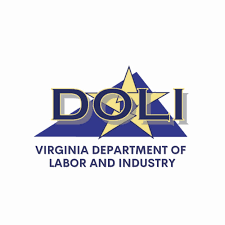







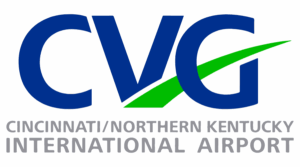

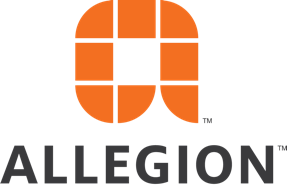
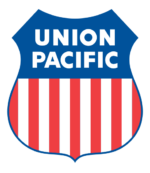

February 5, 2009
Despite their differences in tradition, emphasis, and application domains, there is no reason why these various models and their associated practices should not coexist harmoniously within the same organization so long as the strengths and weaknesses of each approach are recognized.
…
HomeRead More »
Read More
January 30, 2009
History has shown that flammable vapor ignitions in a number of cases have been proven to reside in mobile equipment working in or around a facility. “Industrial Loader and Forklift Fires,” an NFPA report published in January 2009, states that between 2003 and 2006, an average of 1,340 fires were ignited by heat or ignition sources found on powered industrial loaders and forklifts. … HomeRead...
Read More
January 2, 2009
Based on eight (8) recent enforcement investigations, conducted by the U.S. Department of Transportation, Pipeline and Hazardous Materials Safety Administration (PHMSA), Office of Hazardous Materials Enforcement (OHME), this letter is intended to notify the industry of serious safety problems and non-compliance issues regarding the maintenance, filling, transport and use of nurse tanks in anhydrous...
Read More
January 1, 2009
Human factors are concerned with optimizing human performance in all tasks and in major hazard workplaces; the primary intention is to achieve safe performance. These high-risk workplaces should have conducted risk assessments and established a range of controls to prevent major accidents. Still, they should also focus on human performance issues to eliminate or reduce human failures. An organization’s...
Read More
December 17, 2008
Twelve days before the Holidays, My Safety Team said to me, No cuts or lacerations Wear your PPE, No slips, trips or falls Watch where you put your feet, No strains, aches or pains Use your safe lifting techniques, Watch your head and keep it safe Always be aware of overhead space, Wear glasses, wear gloves ...
Read More
November 1, 2008
Organizational weaknesses are vulnerabilities, flaws, and defects in controls (engineered, administrative, cultural, and oversight controls). Searching for and eliminating latent organizational weaknesses eliminates factors contributing to significant events.
…
HomeRead More »
Read More
September 11, 2008
This article discusses how a facility would need to get one of its coded pressure vessels repaired, altered, or re-rated. The article will cover pertinent code and jurisdiction requirements and the differences among the American Society of Mechanical Engineers (ASME) Code, the National Board Inspection Code (NBC), and American Petroleum Institute (API) requirements, as well as discuss the following:...
Read More
September 1, 2008
A Process Hazard(s) Analysis is a thorough, orderly, and systematic approach for identifying, evaluating, and controlling the hazards of processes involving highly hazardous chemicals. The facility shall perform a process hazard analysis on all processes covered by EPA’s RMP rule and/or OSHA’s PSM standard. The process hazard analysis methodology selected must be appropriate to the complexity...
Read More
July 17, 2008
HAZWOPER EMERGENCY RESPONSE PLAN DEVELOPMENT GUIDELINES(Elements of an Emergency Response Plan)1910.120(q)(2) (i) Pre-emergency Planning and Coordination with outside parties Facilities are required in the Superfund Amendments and Reauthorization Act (SARA) title III to coordinate their activities with outside response organizations and emergency response organizations. The emergency response...
Read More
June 17, 2008
Are there any recordkeeping requirements specified in the risk management program (RMP) regulations in 40 CFR Part 68?
The owner or operator of a stationary source that is subject to the RMP regulations must maintain records supporting the implementation of Part 68 for five years (§68.200).
Read More
May 21, 2008
Error Management (EM) has two (2) components: error reduction and error containment Error reduction comprises measures designed to limit the occurrence of errors. Since this will never be wholly successful, we also need error containment measures designed to limit the adverse consequences of those errors that still occur. At this general level, EM is indistinguishable from quality management or, indeed,...
Read More
April 12, 2008
Fostering the principles for a strong safety culture is one of the most challenging tasks facing a management team. Successful leadership achieving a strong safety culture will most likely move an organization to the next level of human performance. A leader is any individual who takes personal responsibility for his or her performance as well as the facility’s performance and attempts to influence...
Read More
